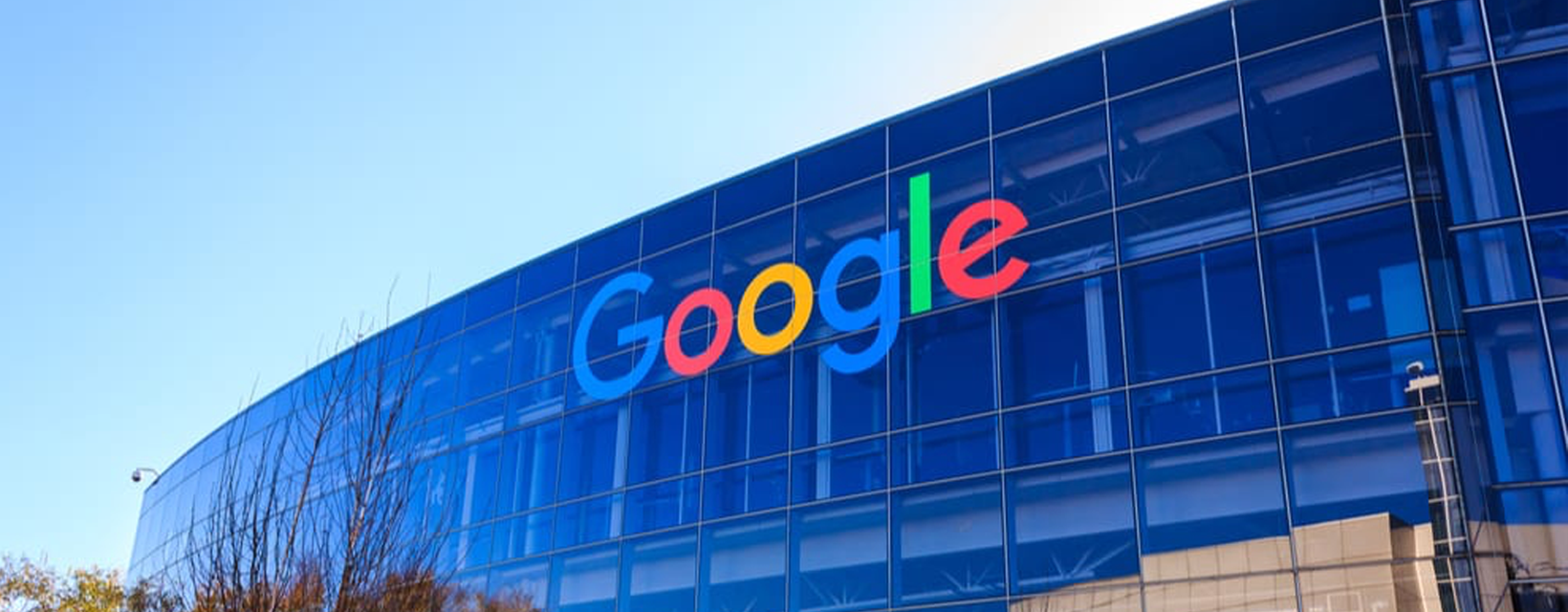Search powers higher revenue growth.
Google’s June results were the second consecutive quarter of accelerating revenue growth, up 5% vs up 3% in March and up 1% in December. Search, which is just under 60% of revenue, grew at 5% vs up 2% in March and down 2% in December.
In other words, Google’s favorable results were powered by Search, a reassuring fact given concern that the hype around Microsoft’s Copilot-powered Bing would start to show cracks in Google’s 90% plus global search market share (excluding China and Russia). Despite the strength, questions still remain about Google’s ability to maintain its search lead, which I’ll discuss below.
While the company does not give guidance, based on comments from the earnings call, I believe they are on track to reach Street expectations for 2024 revenue growth of 11%, which is up from 5% in the just-reported quarter
